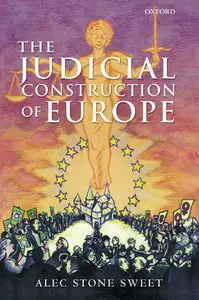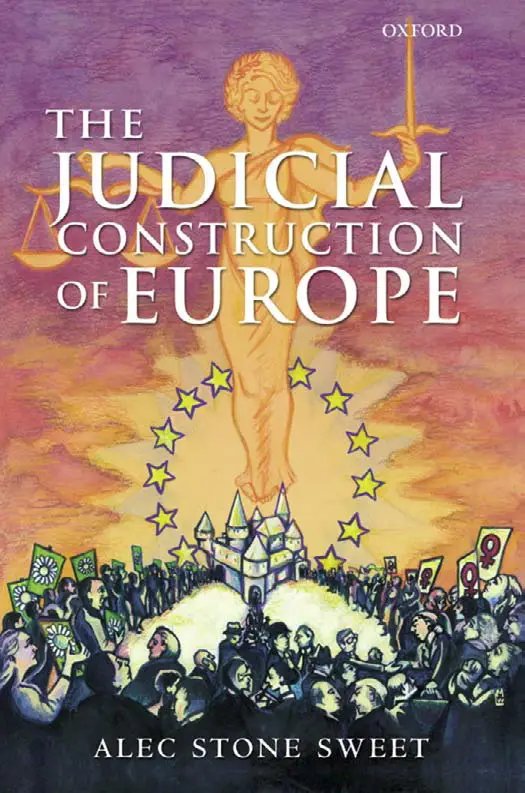The Judicial Construction of Europe By Alec Stone Sweet
Publisher: Oxford University Press, USA 2004-11-11 | 294 Pages | ISBN: 0199275521 | 1.3 MB
Publisher: Oxford University Press, USA 2004-11-11 | 294 Pages | ISBN: 0199275521 | 1.3 MB
The law and politics of European integration have been inseparable since the 1960s, when the European Court of Justice rendered a set of foundational decisions that gradually served to 'constitutionalize' the Treaty of Rome. In this book, Alec Stone Sweet, one of the world's foremost social scientists and legal scholars, blends deductive theory, quantitative analysis of aggregate data, and qualitative case studies to explain the dynamics of European integration and institutional change in the EU since 1959. He shows that the activities of market actors, lobbyists, legislators, litigators, and judges became connected to one another in various ways, giving the EU its fundamentally expansionary character. He then assesses the impact of Europe's unique legal system on the evolution of supranational governance, tracing outcomes in three policy domains: free movement of goods, sex equality, and environmental protection. The book integrates diverse themes, including: the testing of hypotheses derived from regional integration theory; the 'judicialization' of legislative processes; the path dependence of precedent and legal argumentation; the triumph of the 'rights revolution' in the EU; delegation, agency, and trusteeship; balancing as a technique of judicial rulemaking and governance; and why national administration and justice have been steadily 'Europeanized'. Written for a broad audience, the book is also recommended for use in graduate and advanced undergraduate courses in law and the social sciences.
Contents
List of Figures xii
List of Tables xiii
1. The European Court and Integration 1
2. Constructing a Supranational Constitution 45
WithT homas Brunell
3. The Free Movement of Goods 109
WithMa rgaret McCown
4. Sex Equality 147
With Rachel Cichowski
5. Environmental Protection 199
WithMa rkus Gehring
6. Conclusion 235
References 245
Index of Cases 265
Index 267





